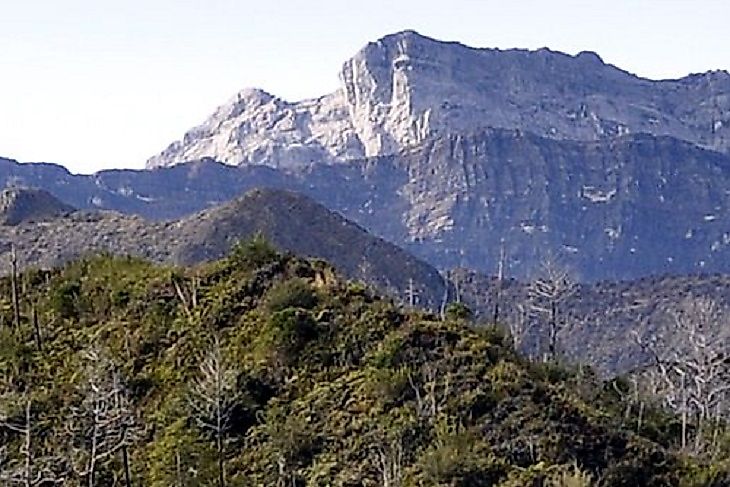Where Does Puncak Trikora Rise?

5. Description
Puncak Trikora, which was known as Wilhelmina peak until the year 1963, is one of the world's Seven Third Summit mountain peaks in the Papua province of the Oceanic nation of Indonesia. The peak rises to an elevation of 4,750 meters, which is approximately 15,584 feet. Depending upon the definition and measurement techniques used in determining height, it may also appear on Seven Second Summits list, and is behind the Puncak Mandala, which is known to be the highest one in Oceania according to Shuttle Radar Topography Mission (SRTM) data. The starting point for the peak is the Dani town of Wamena in the Baliem Valley, from where the peak can be seen during clear weather. The route to the peak goes through this valley in the southwest direction, and it is a very rocky climb to the top.
4. Historical Role
The Trikora peak is found on the eastern side of Sudirman Range, and this, the highest peak in Papua, was covered with the snow until the year 1962. In the beginning of the 20th Century, this peak was counted as the second highest peak in Oceania but, with the melting of the ice cap that started from the year 1909, saw its height become steadily lowered down. It all came to the limelight after the first expedition to Maoke Mountains, where a retreat was first noticed in the glaciated peaks. The series of expeditions were organized to the peak by the Dutch scientists to reach the equatorial, seemingly eternally snow-fed peak. The first two expeditions were undertaken by H.A Lorentz, who was an amateur biologist and a diplomat, and was accompanied by soldiers, porters, and dayaks. The historical first successful climb to the summit was achieved by Dutch climbers Herderschee, Hubrecht, and Versteeg on the mountain, who noticed its retreat as the reached the top on the 21st of February, 1913.
3. Modern Significance
The mountain peak is used for various summits and the route is also accessible to many levels of climbers and trekkers with the assistance of local tourist guides. They can fly from Jakarta to Jayapura, and take a local flight from there to Wamena. The route to the peak is undertaken through two basic points. The first is Lake Habemma and the next is Somalek Cave, which are both ideal for camping opportunities for the tourists. The best months which are most suitable for trekking are between February or April and into November. Even while on trekking excursions, nowadays tourists in the area will never be too far from small eatery places and access to local guides.
2. Habitat
The habitat near the Puncak Trikora is mostly surrounded by the green highlands and lowlands, which can be traced while one is about to go for trekking into the area. It is the home to many distinct plant and animal communities which are similar in size than those that are to be found in the nearby tropical mountain forests and the alpine grasslands at lower elevations. These environs may consist of bogs, grasslands, and shrubby heaths of various plants.
1. Threats and Disputes
The organizations that were organized to look forward towards the health of the peaks have seen a remarkable decline in the heights of the glacier due to climatic changes in the region. Even the deforestation in the area and the resulting decline of many animal and bird communities has provided a threat to the peak and its biodiversity.











